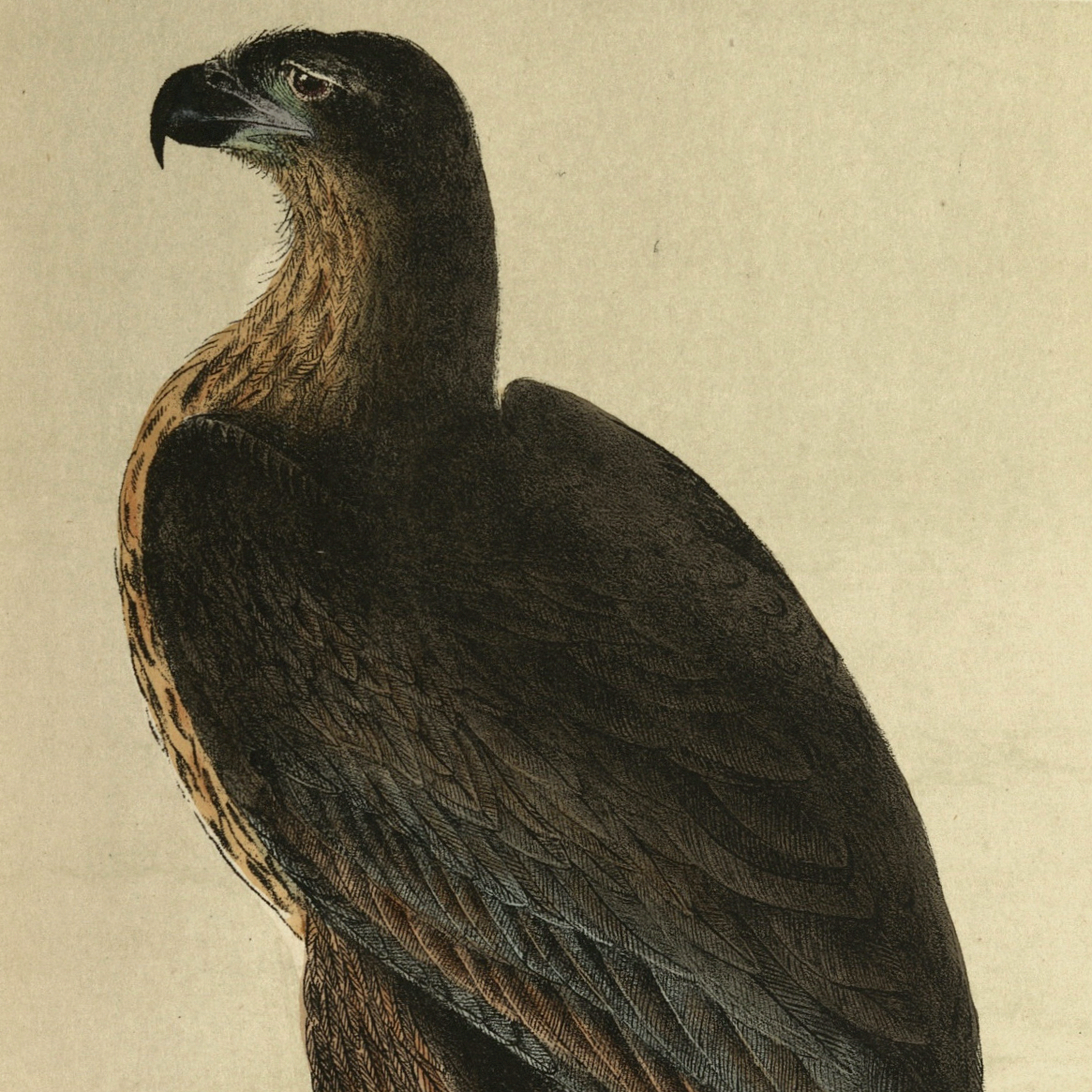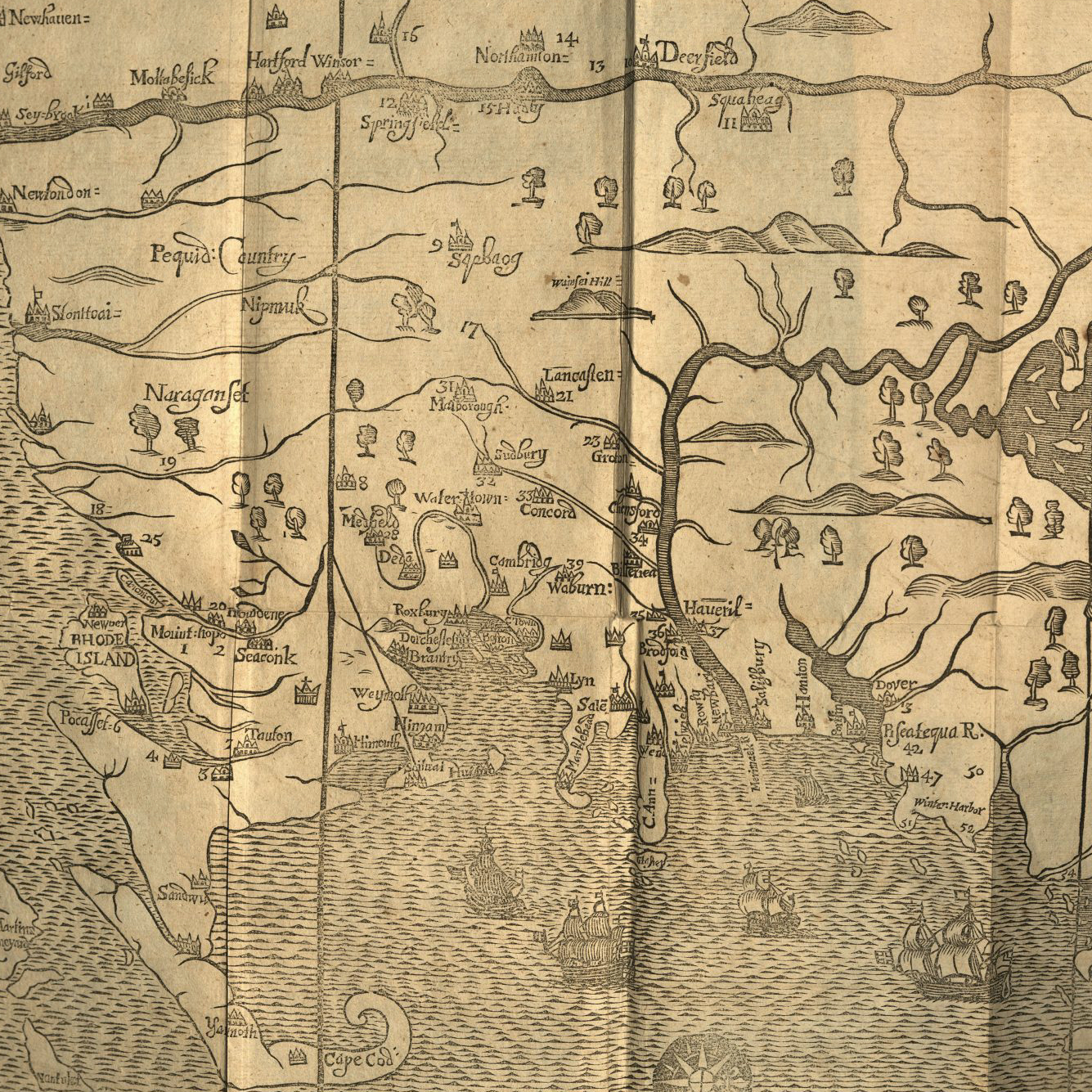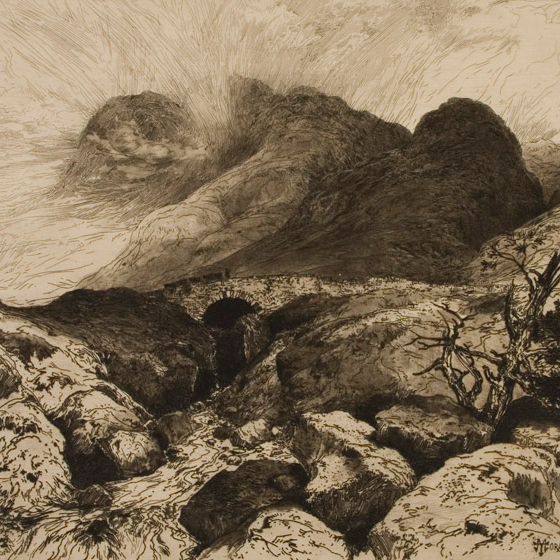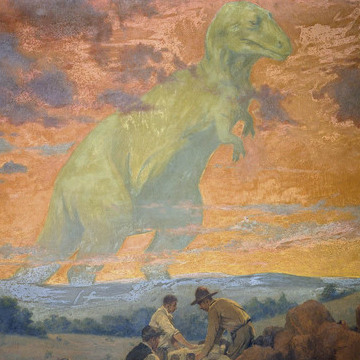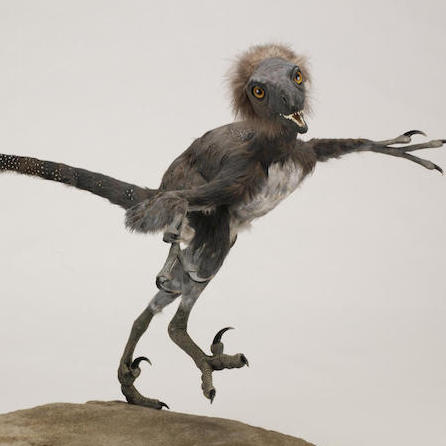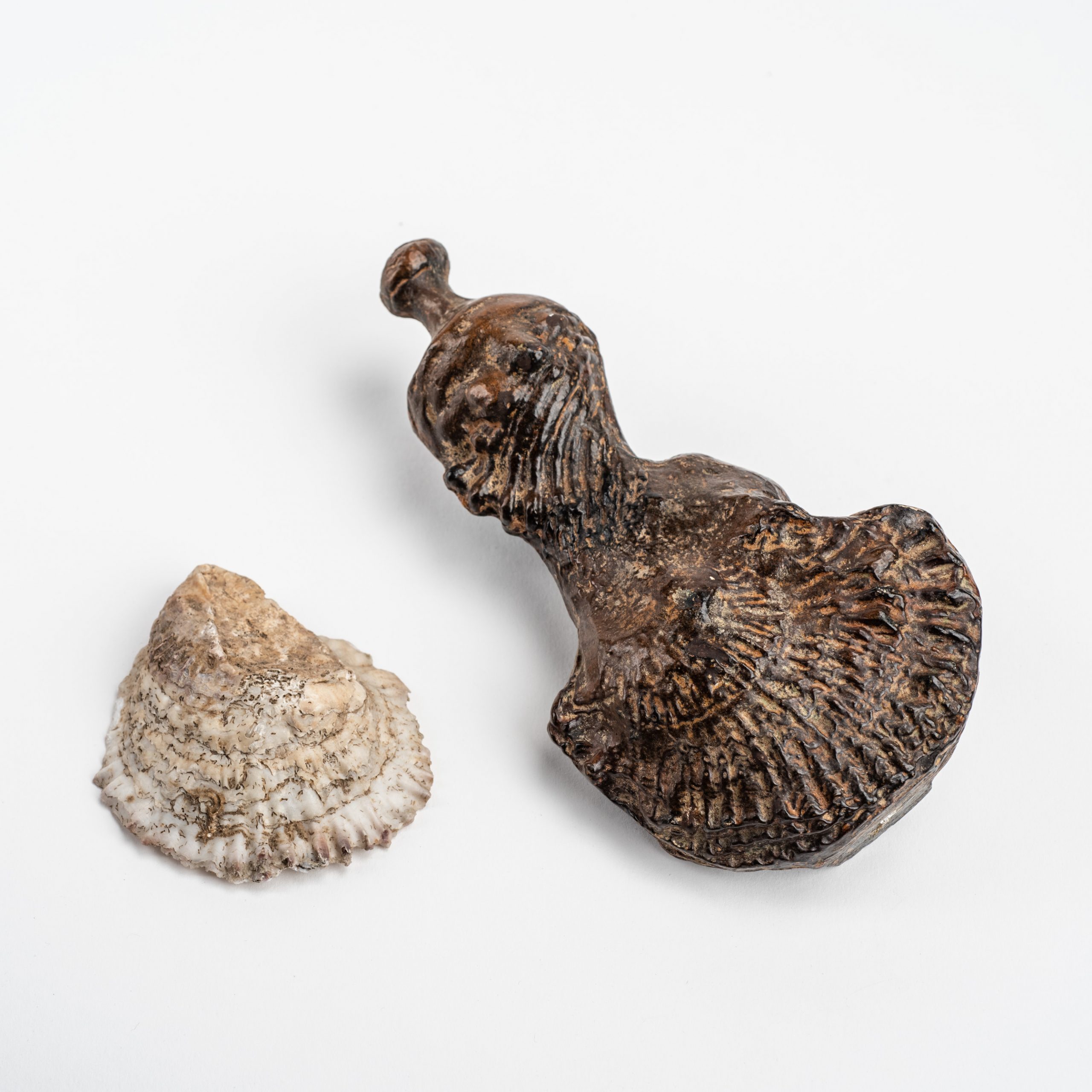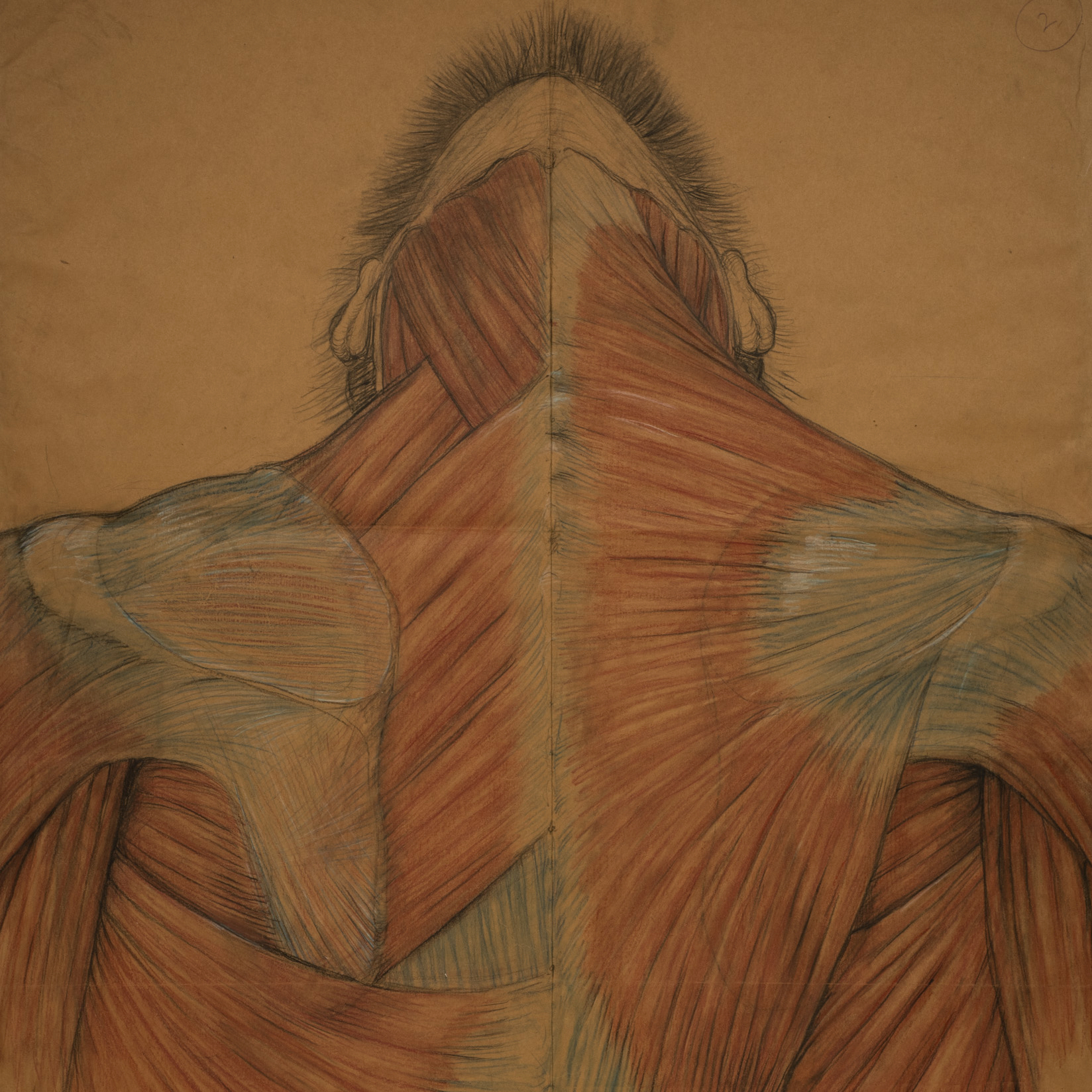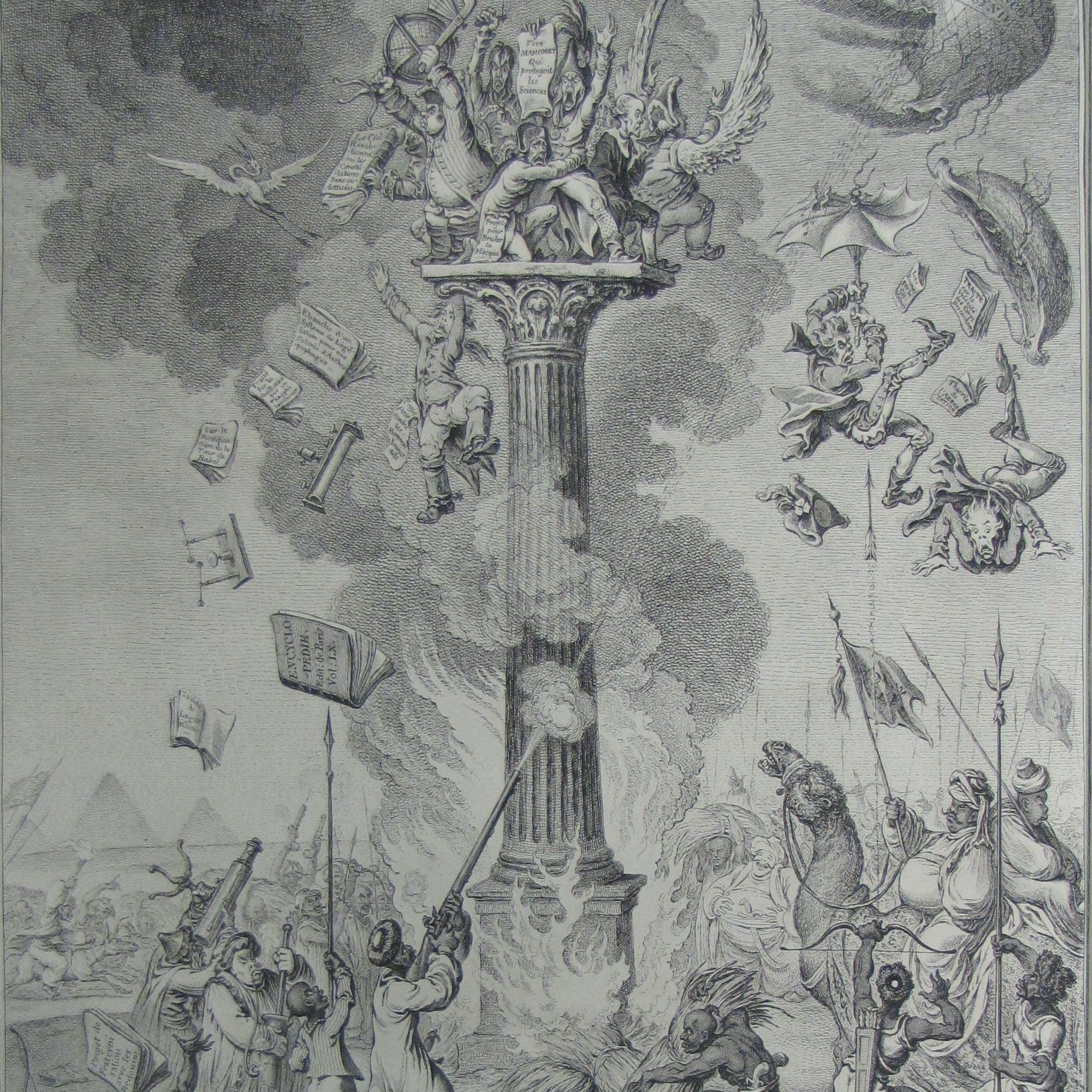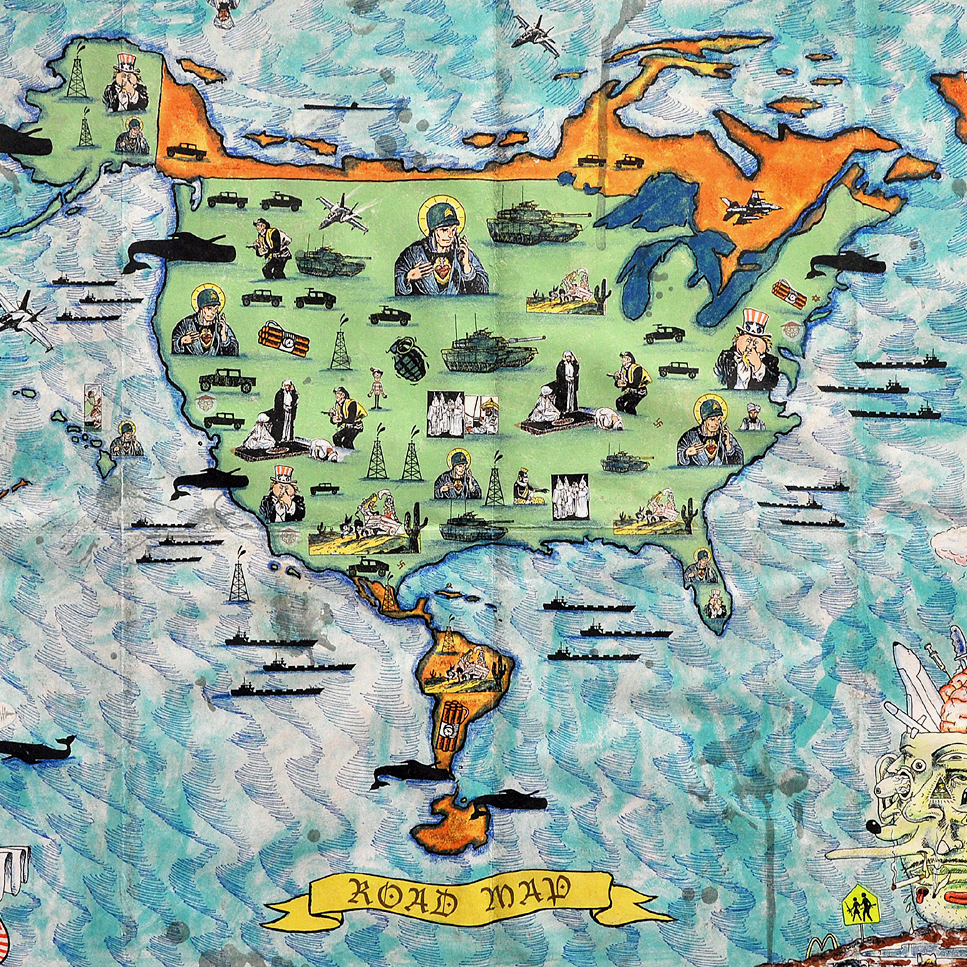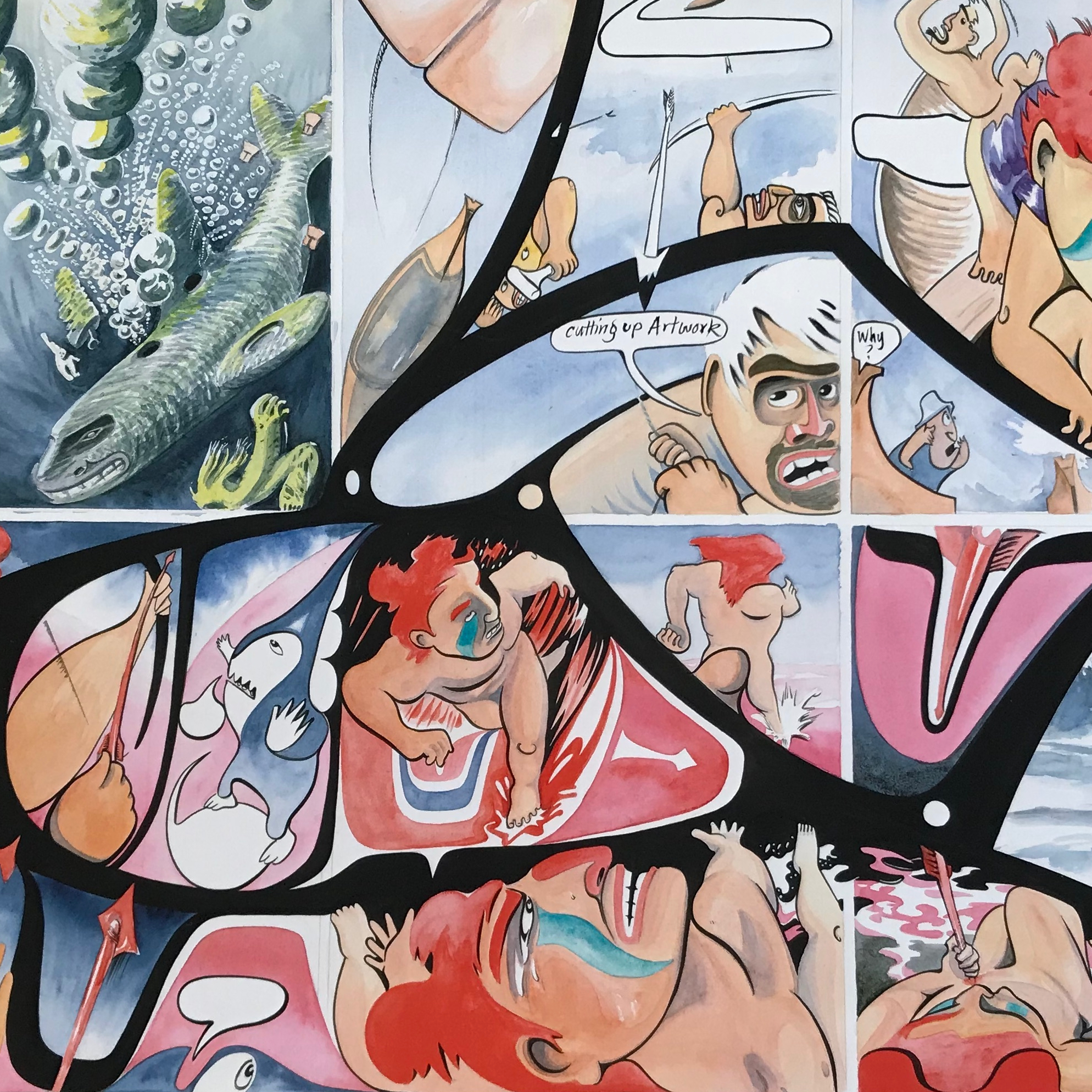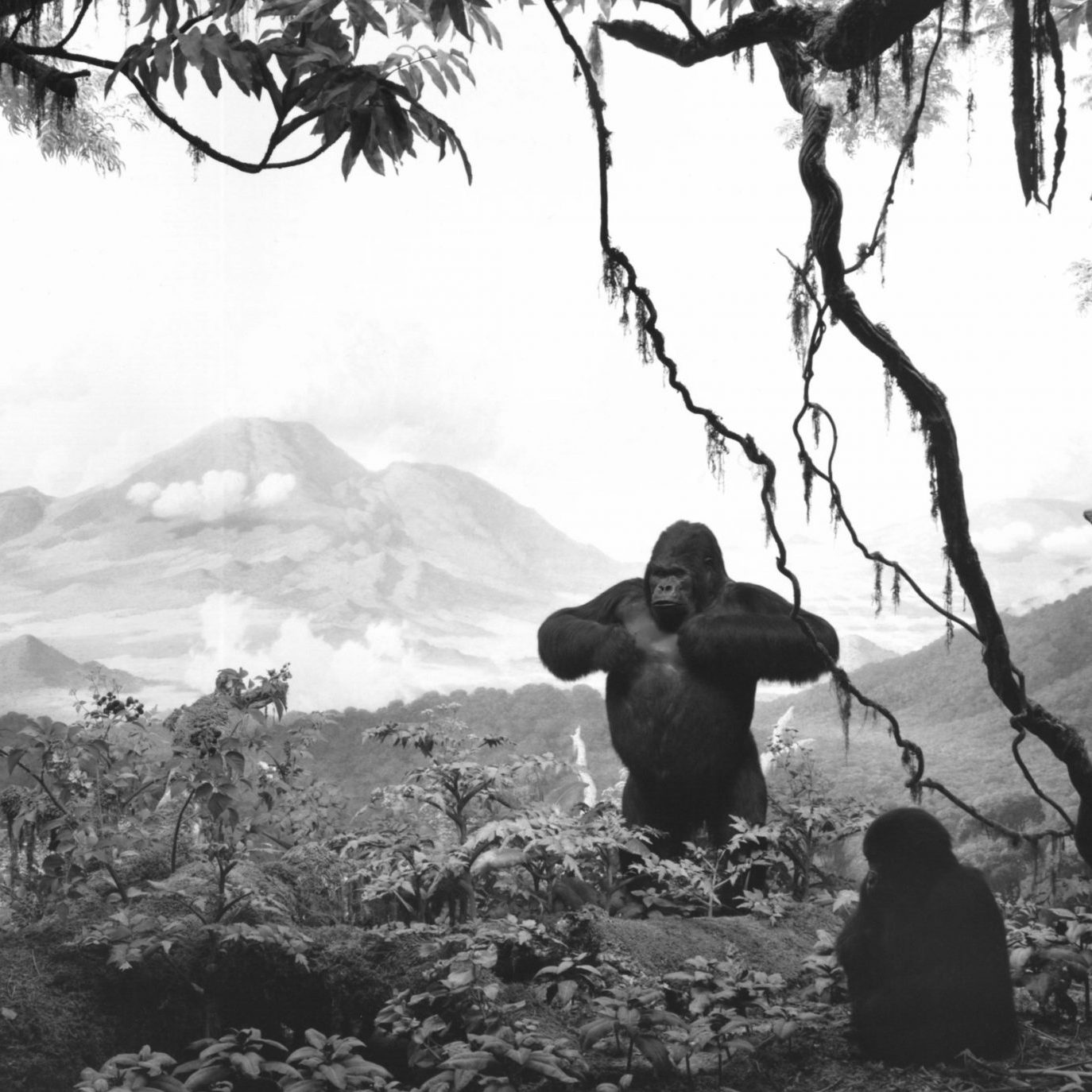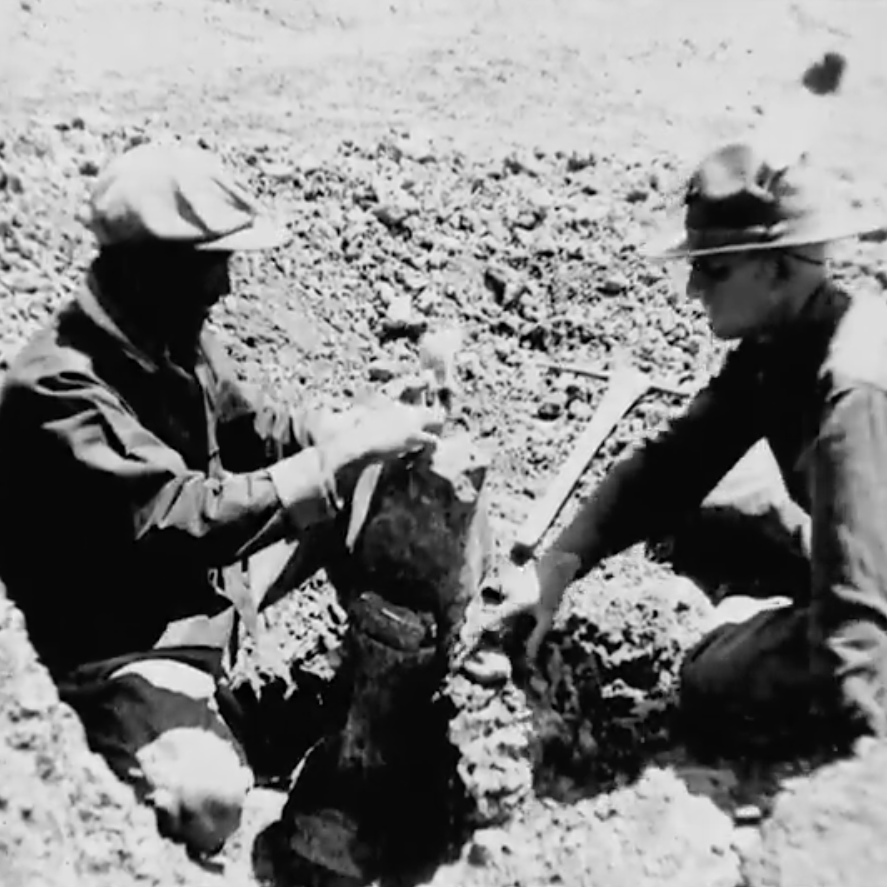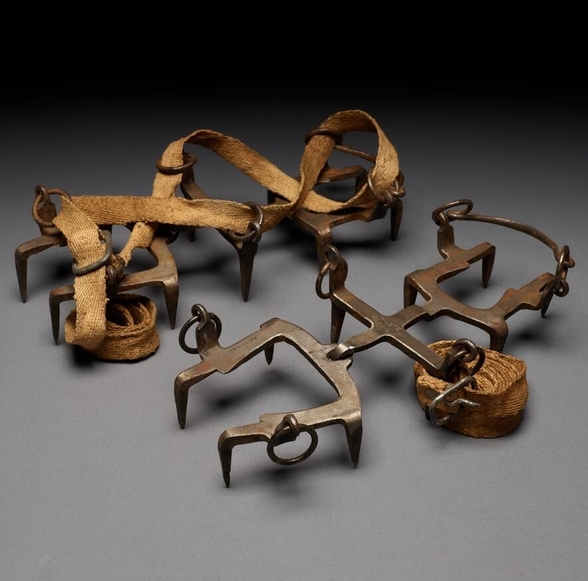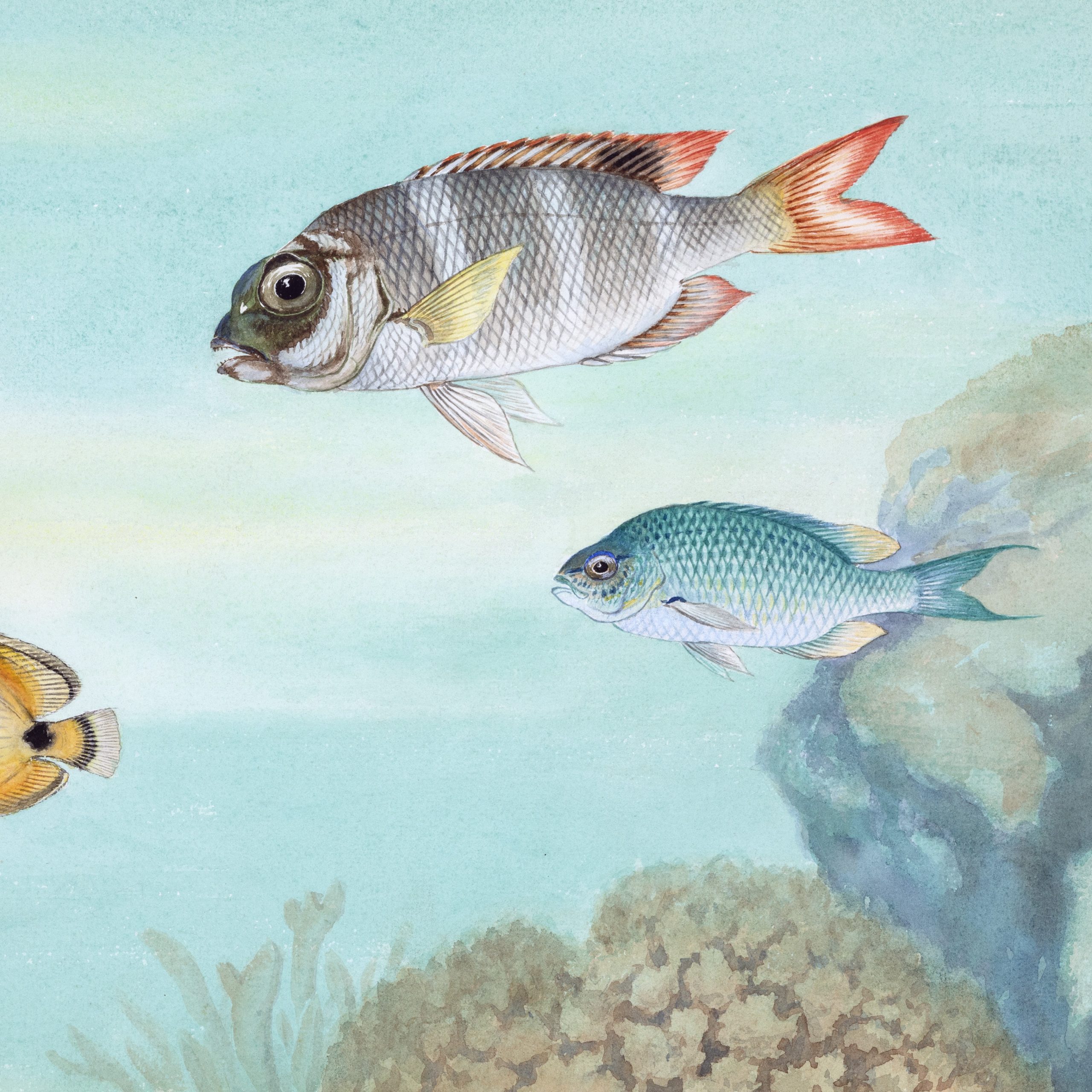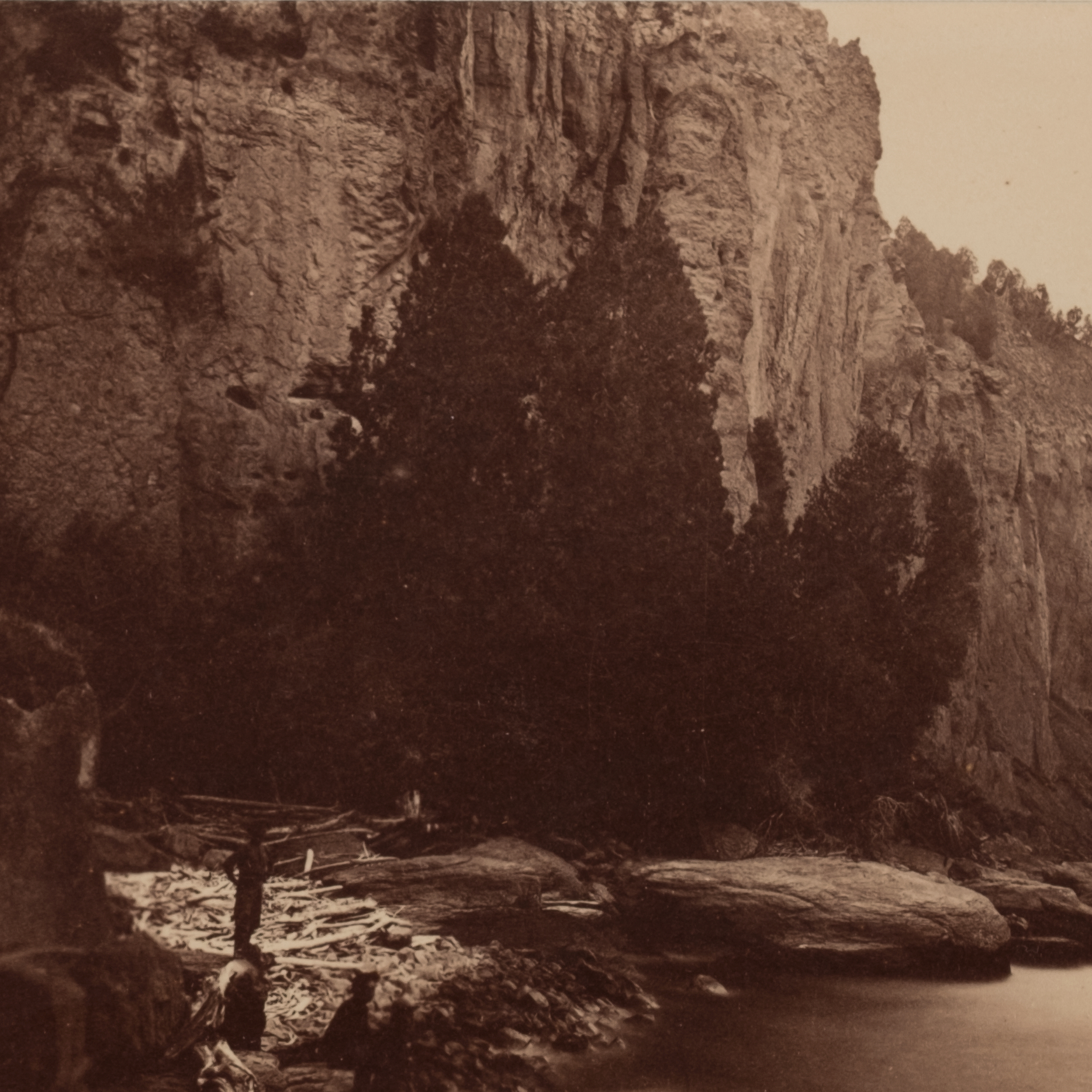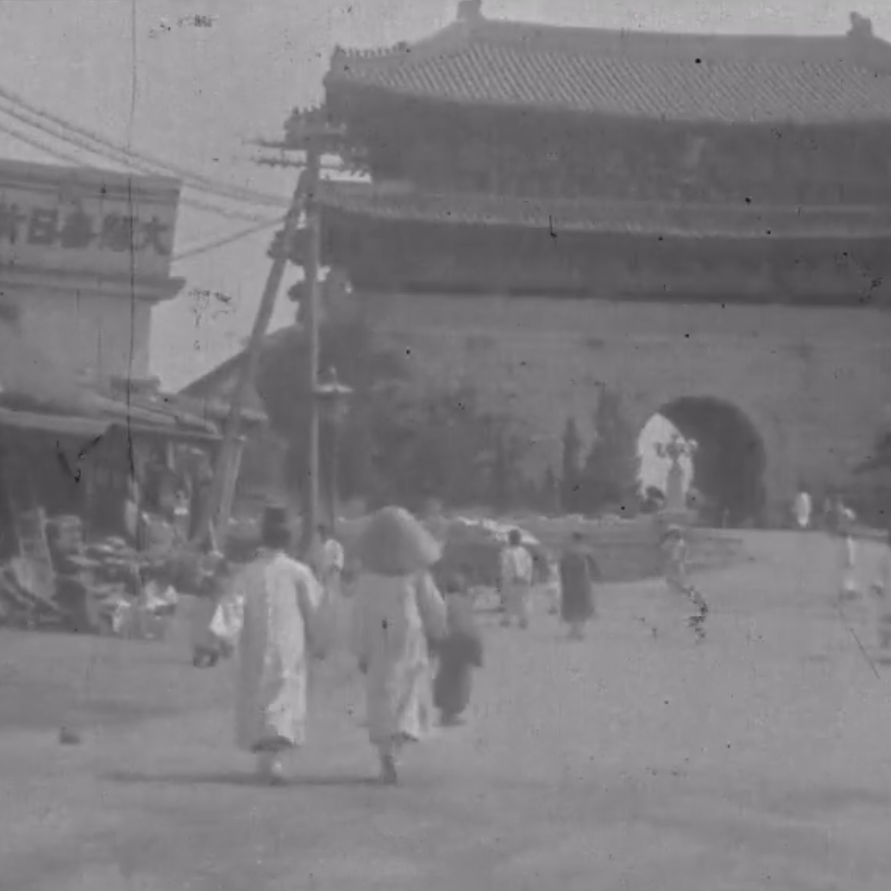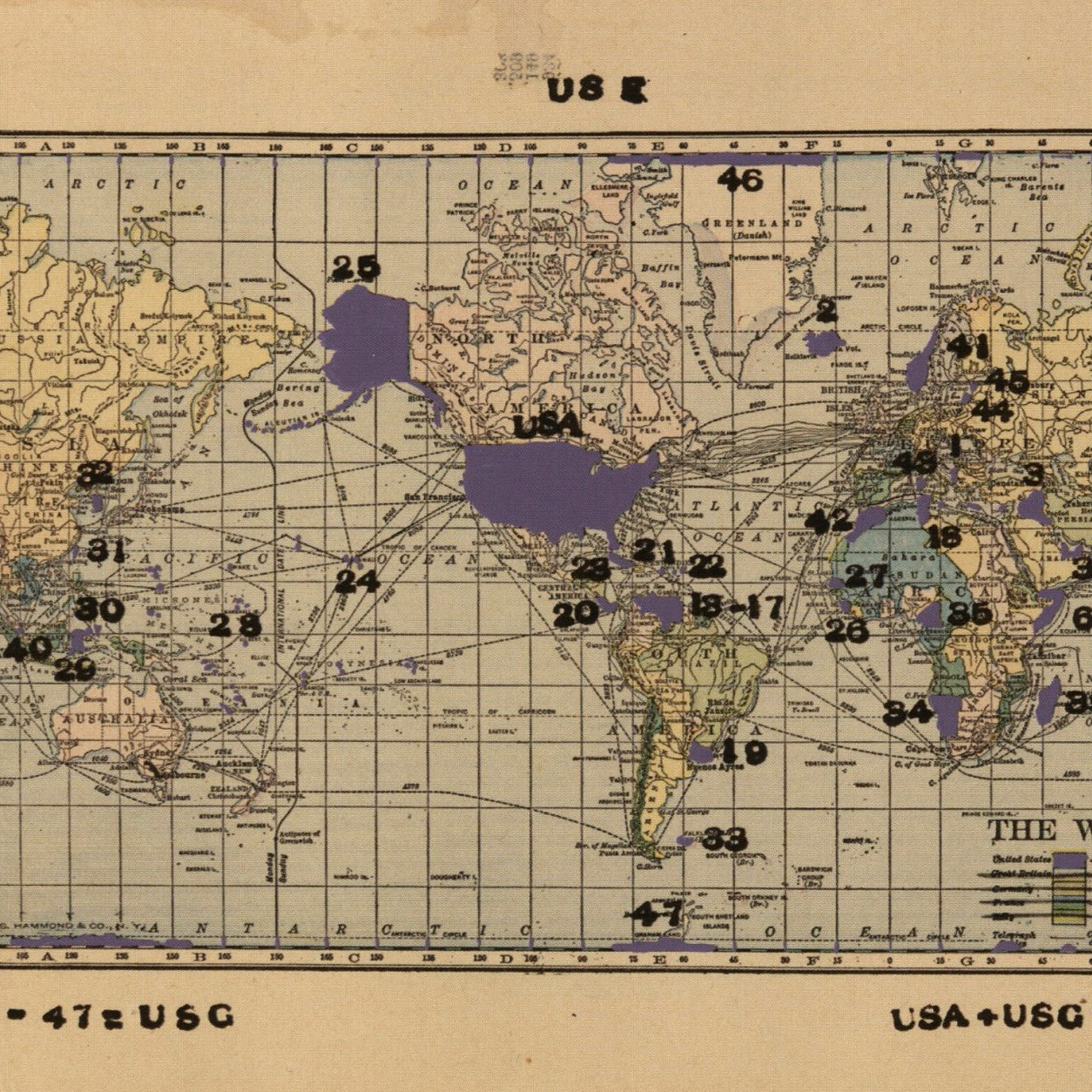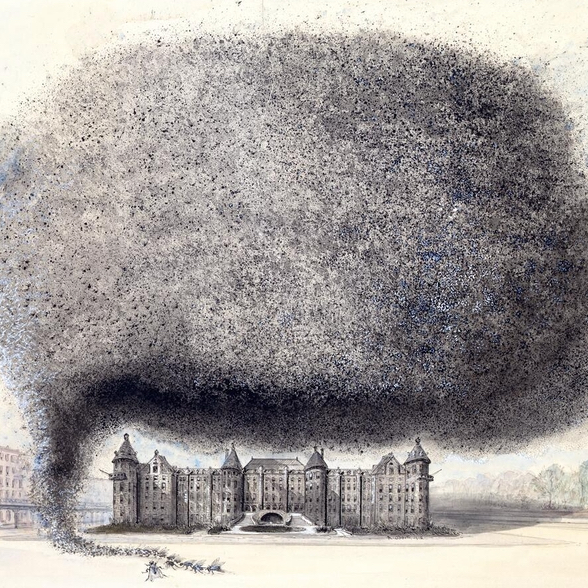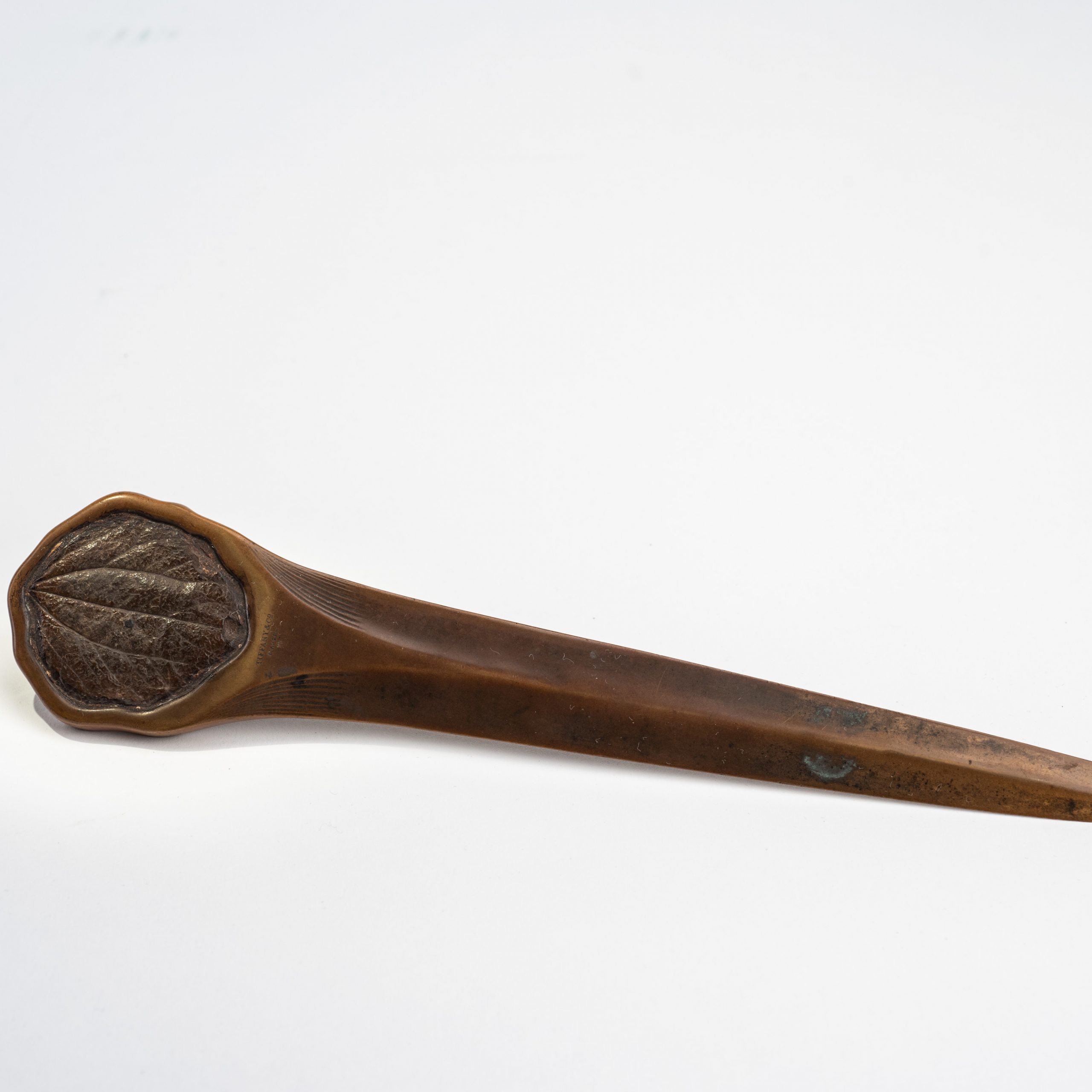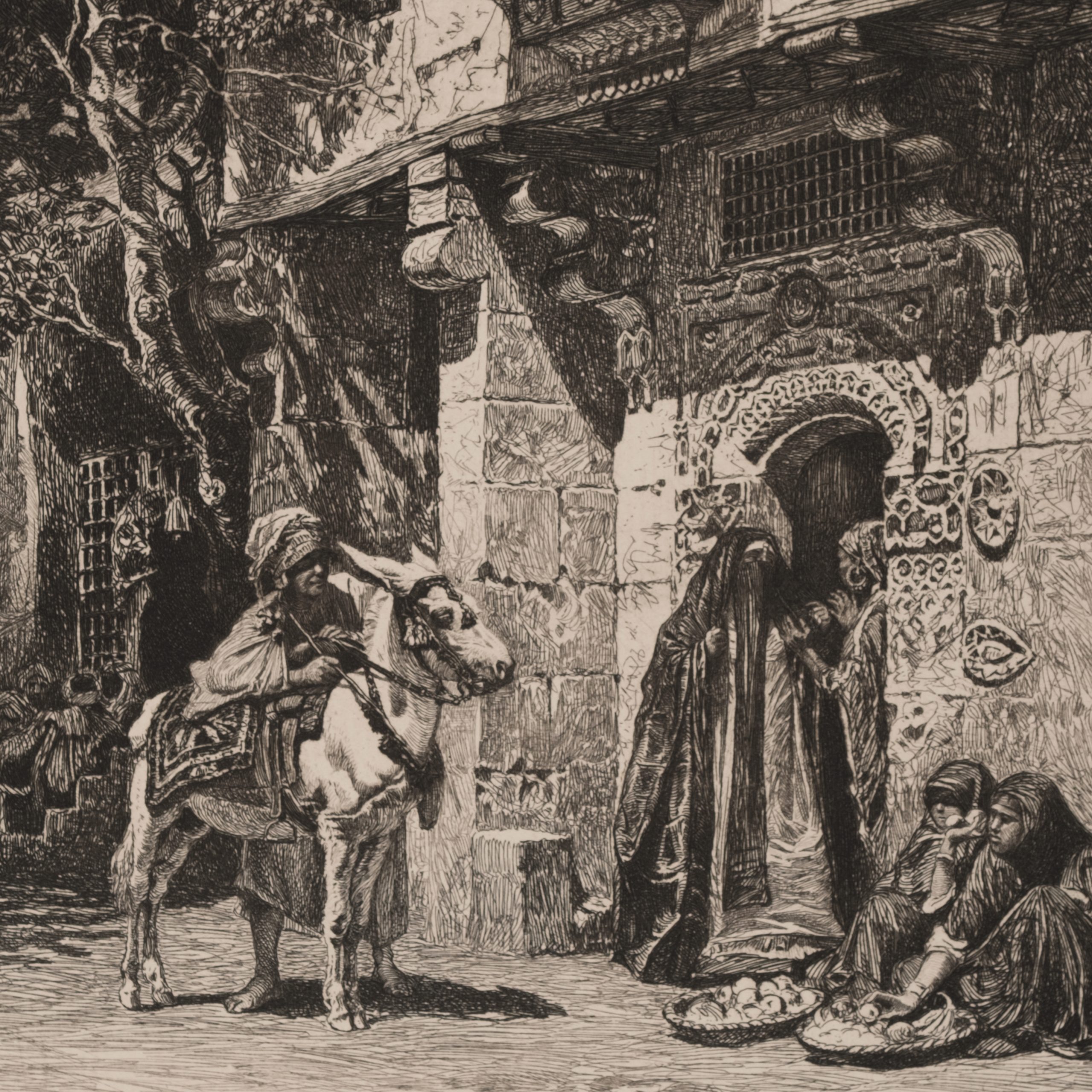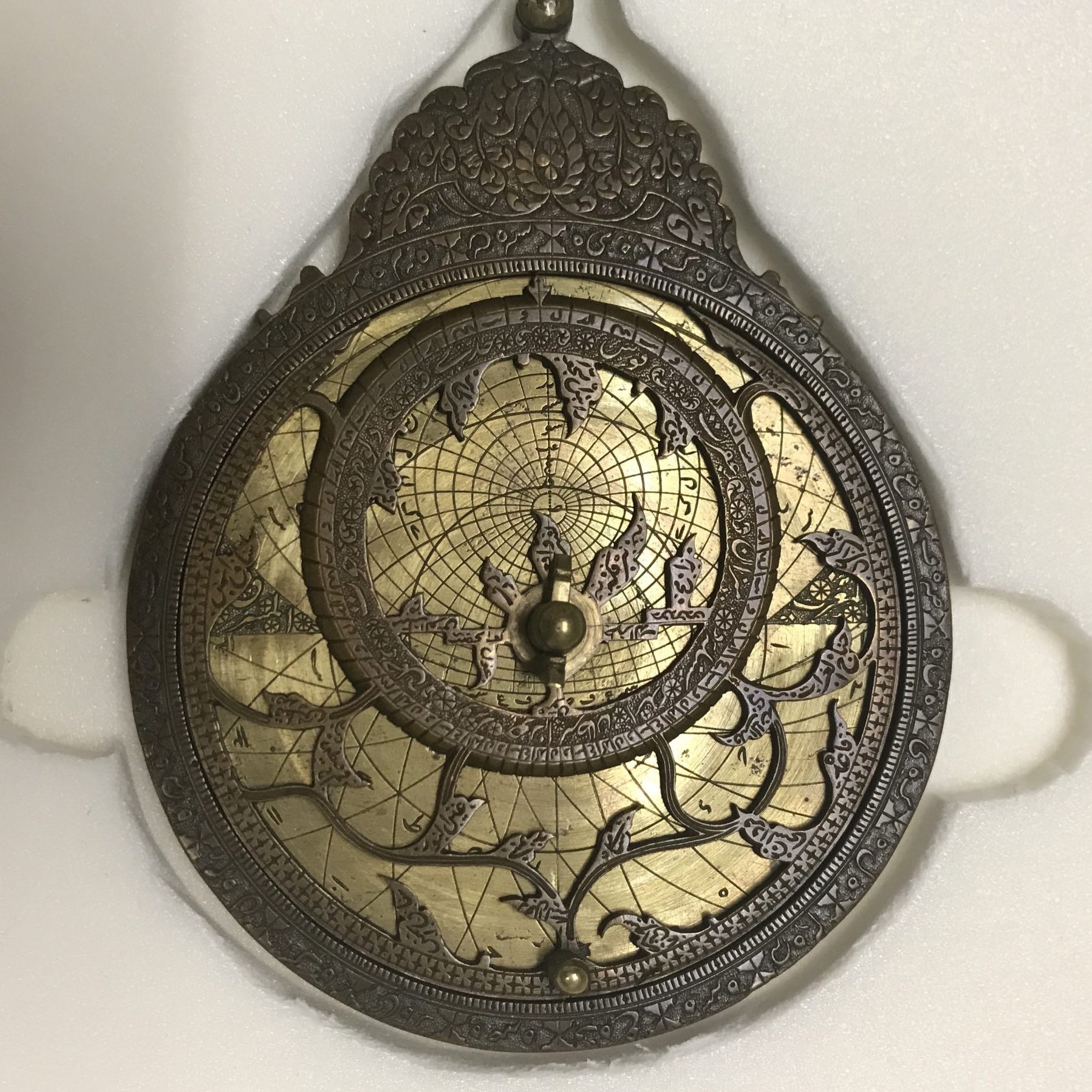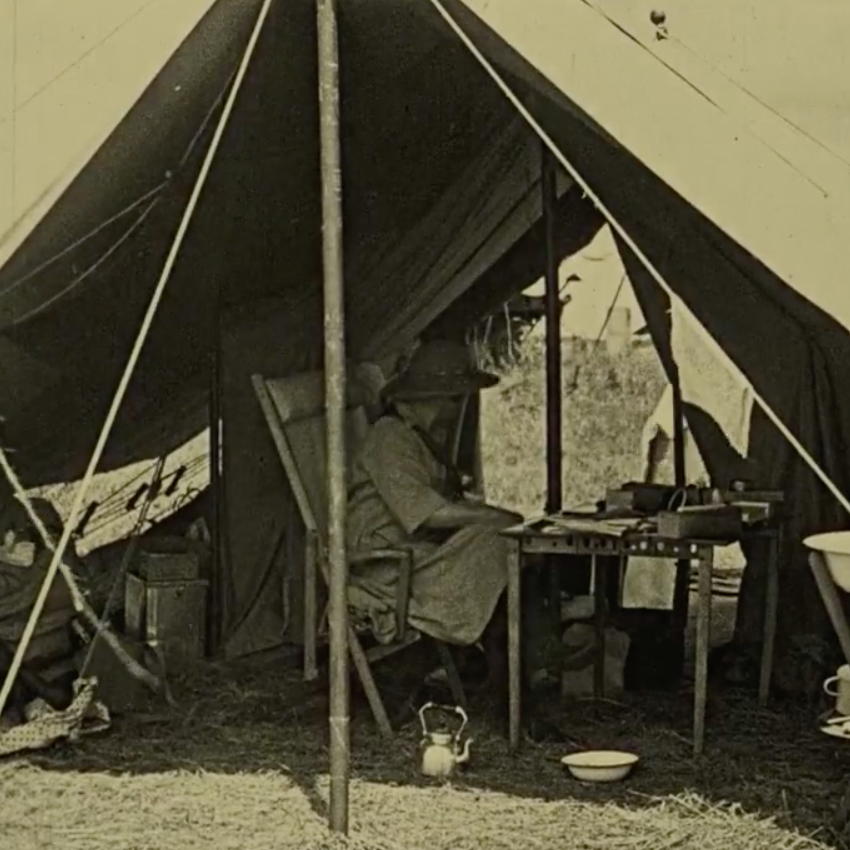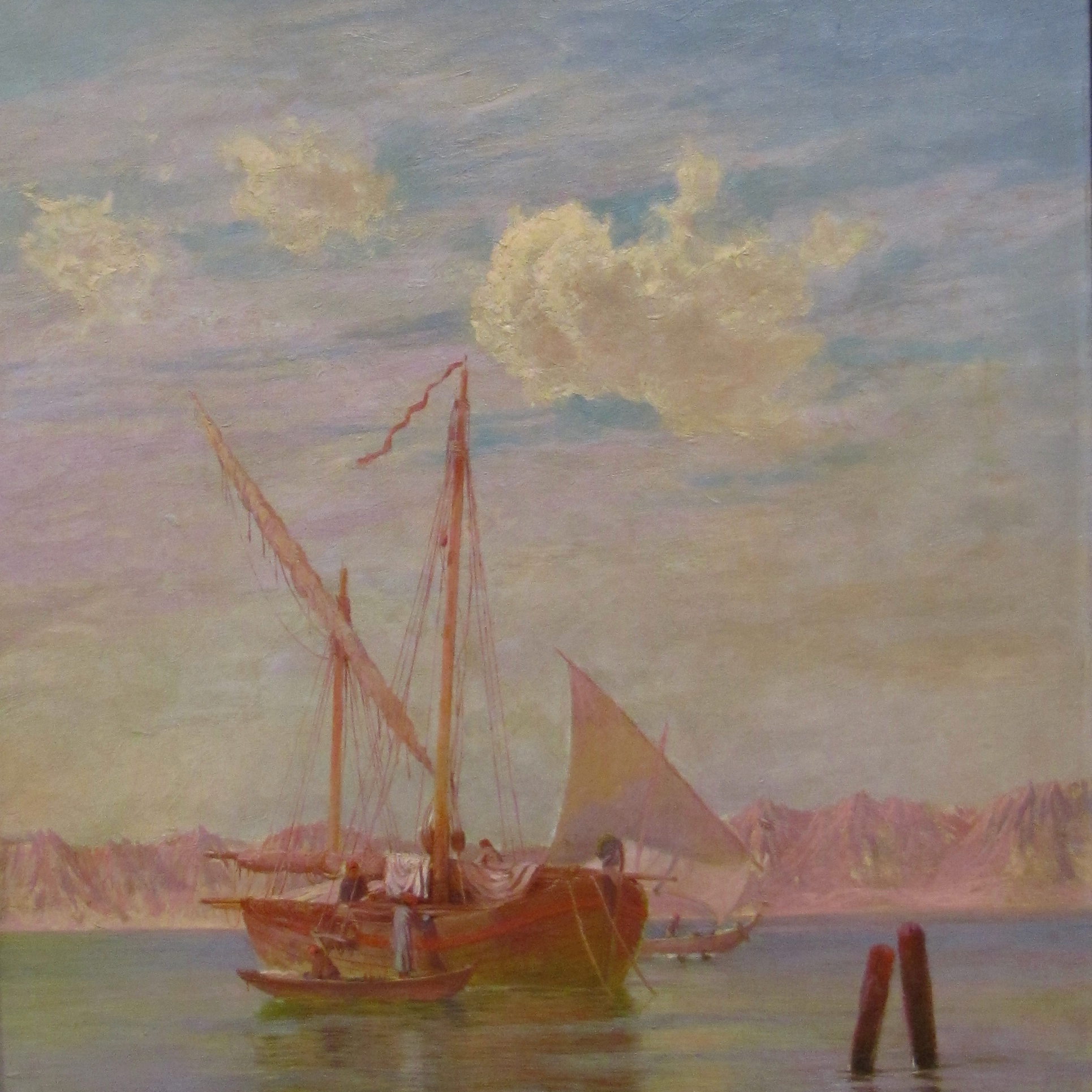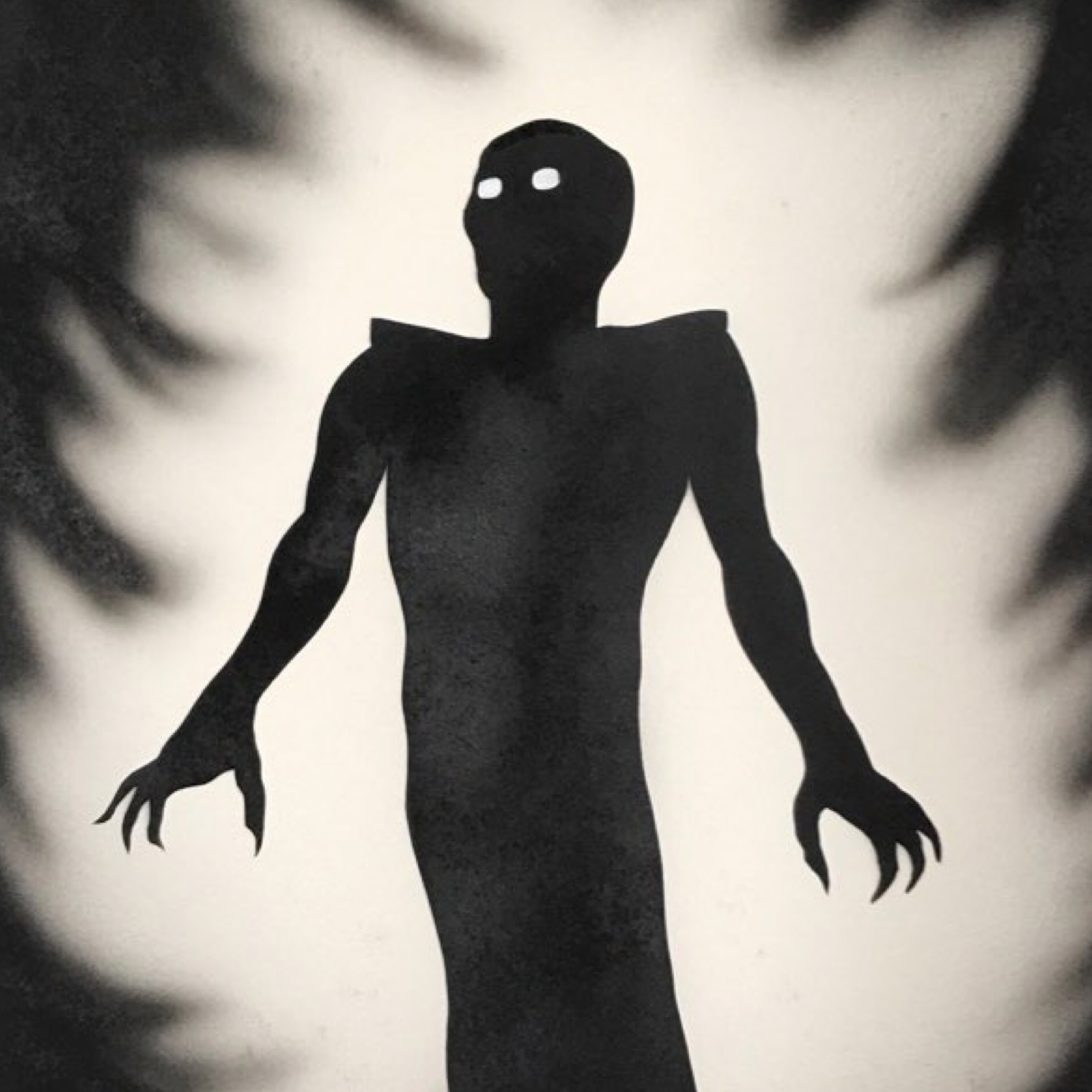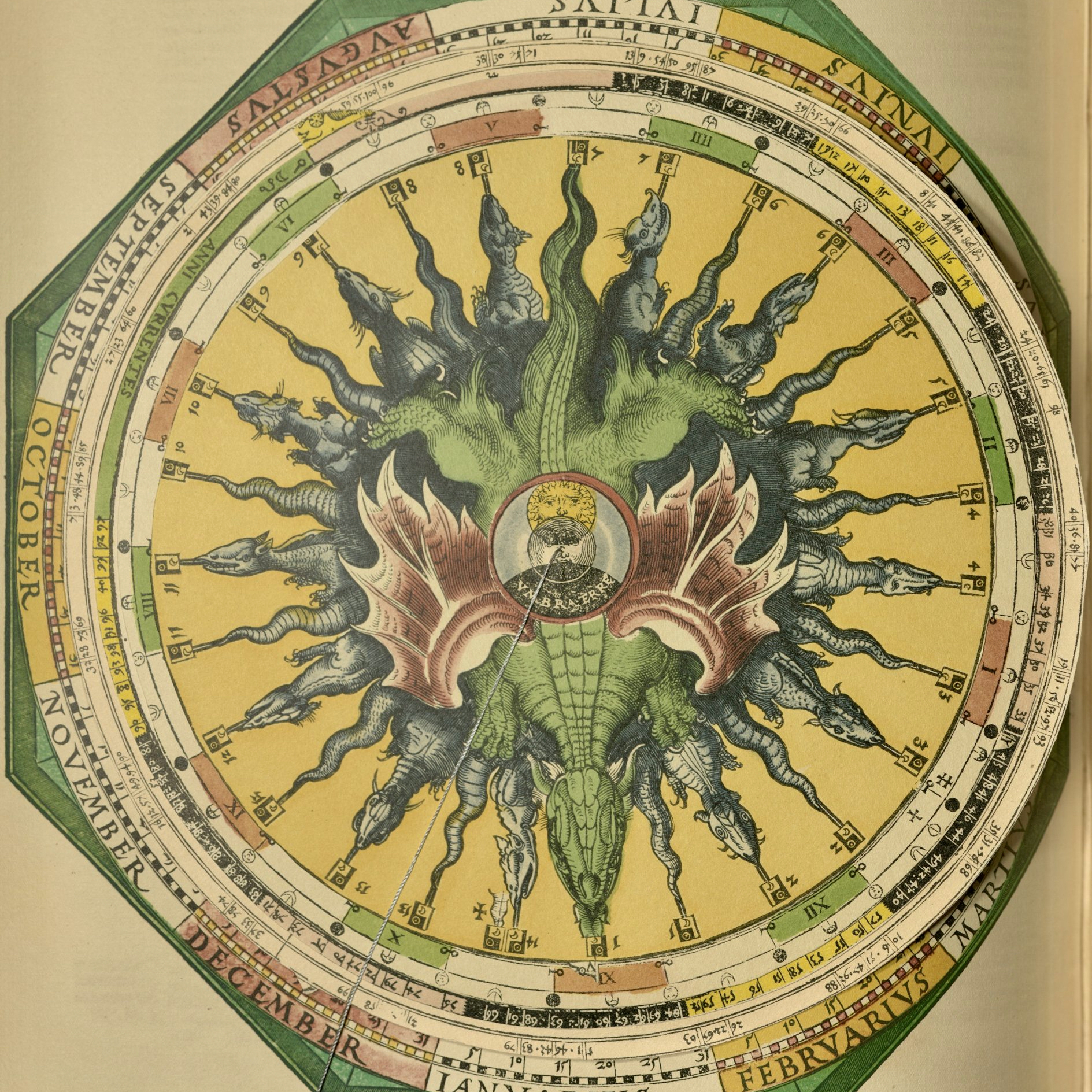Withus Oragainstus/United States
2005
10 ½ x 8 ½" Frame
Banksy
Harlequin Beetle, ink, and plastic on paper board, in glass and wood box
On back is a printed sticker “FALSE.COM”
“Donation” from the artist
Since his debut in the 1990s, the pseudonymous English artist known as “Banksy” has made a name for himself as a global art world provocateur and a fiery social critic known for his stunts and pranks. His recognizable graffiti- and DIY-inspired style and penchant for unsanctioned public displays have placed his works along the line between art and vandalism. Certainly, the targets of his social criticism—the invasion of Iraq, the corporatization of the urban commons, and the walls between nations—show a similar willingness to confront the borders both drawn around and transgressed in contemporary life.
To focus too much on Banksy as a social critic, however, is to miss his playfulness as an artist. Banksy’s known for pulling pranks, and a favorite of his is to place a work in a museum’s collection with neither the museum’s foreknowledge nor consent. For instance, in 2004, while in disguise, he glued a glass case containing a stuffed rat, “Banksus Militus Ratus,” to a wall in London’s Natural History Museum, where it went unnoticed for several hours, and placed a clownish parody of the Mona Lisa, “Mona Lisa Smile,” in the Louvre.
Banksy continued his museum plants in New York City in March 2005 when he surreptitiously placed several of his works in some of New York City’s most famous museums, including the Metropolitan Museum of Art, the Museum of Modern Art, and the Brooklyn Museum. “Withus Oraganistus, United States,” above, was Banksy’s addition to the American Museum of Natural History in the Hall of Biodiversity. It is a shadow box with a harlequin beetle, fitted-out with plastic model fighter plane wings and parts. According to the artist, "Withus Oragainstus" is "an outsider's view of the modern American bug, bristling with listening devices and military hardware."
This piece inflects some of Banksy’s frequent topics of social criticism—war and surveillance—toward the AMNH’s representation of the natural world in the form of a prepared harlequin beetle (Acrocinus longimanus) a tropical longhorn beetle native from southern Mexico to Uruguay. Banksy’s unusual decision to group the AMNH with the art museums that he targeted suggests the institutional forms of power and authority, rooted in the visual, common to all of these institutions. Indeed, curators rejected Banksy’s attempts to insert his own additions to the knowledges contained within their institutions by having his works removed. This episode betrays a contradiction between the stated mission of museums to serve the public and their authority to defy public interventions.
Written by Daniel Pfeiffer with additional research and notes by Tom Baione and Joel Sweimler.
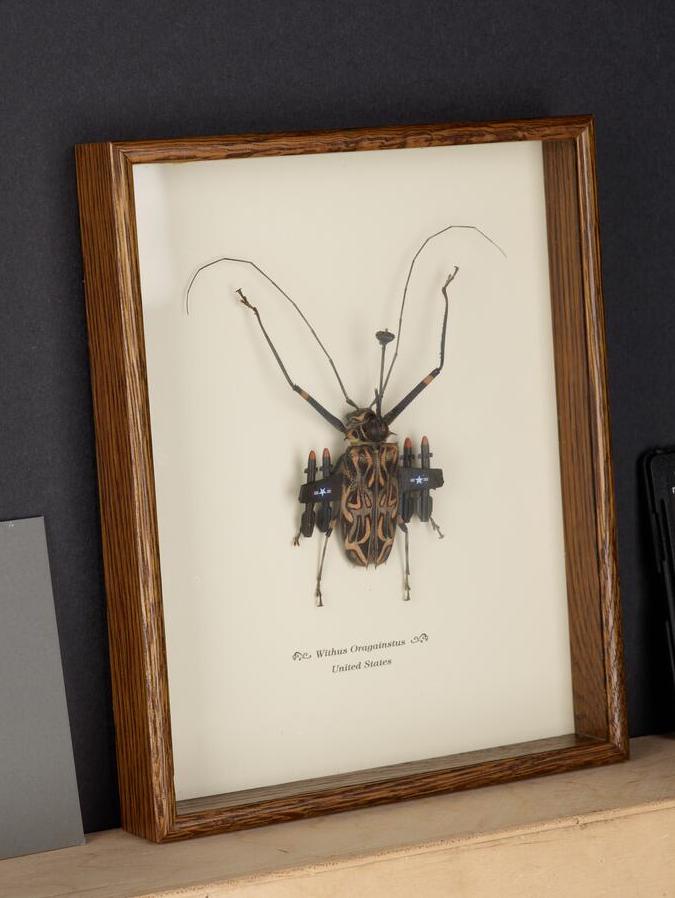
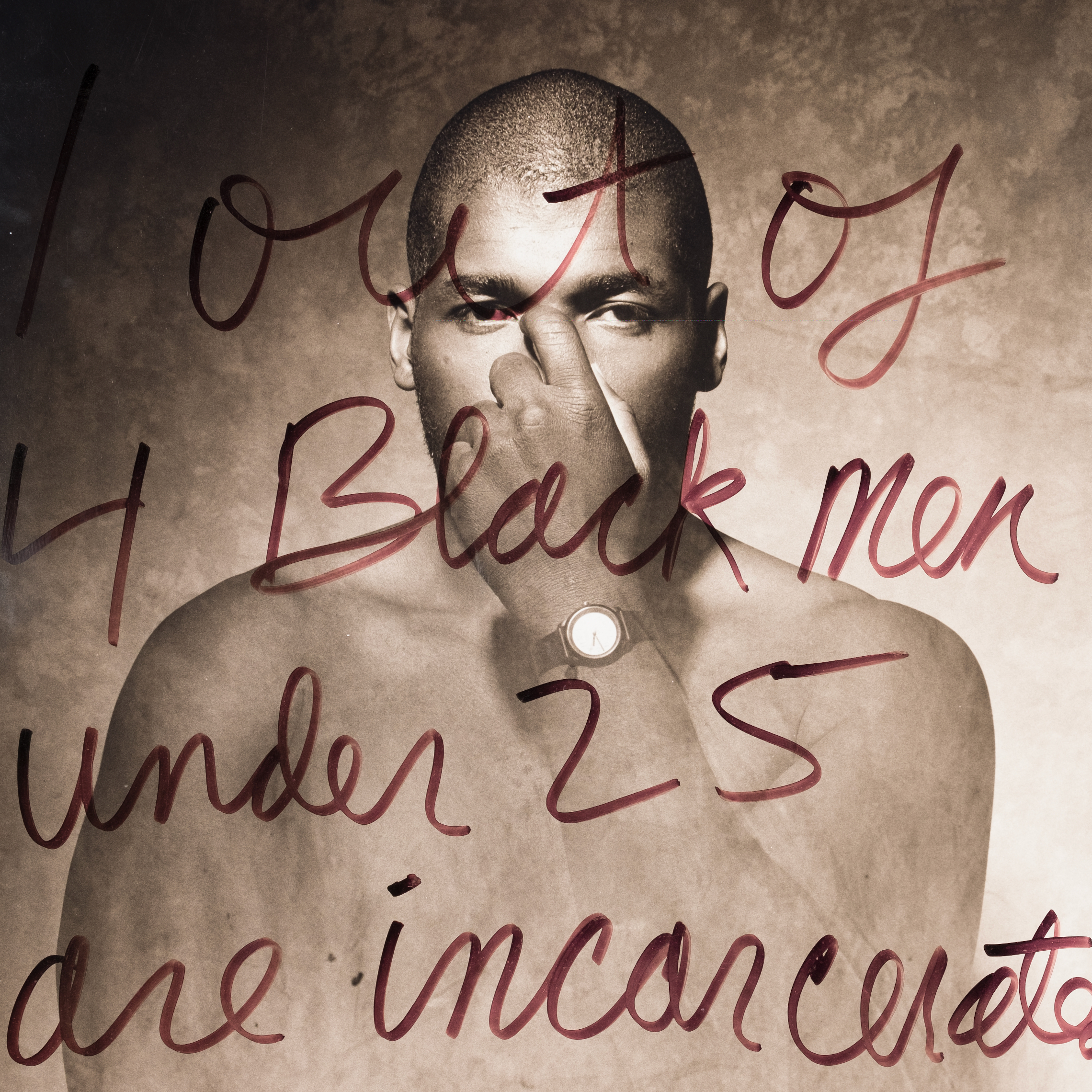
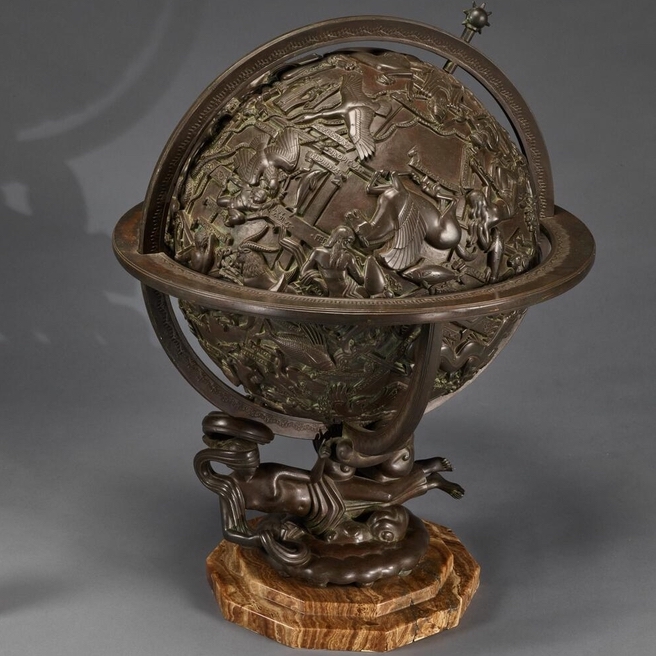
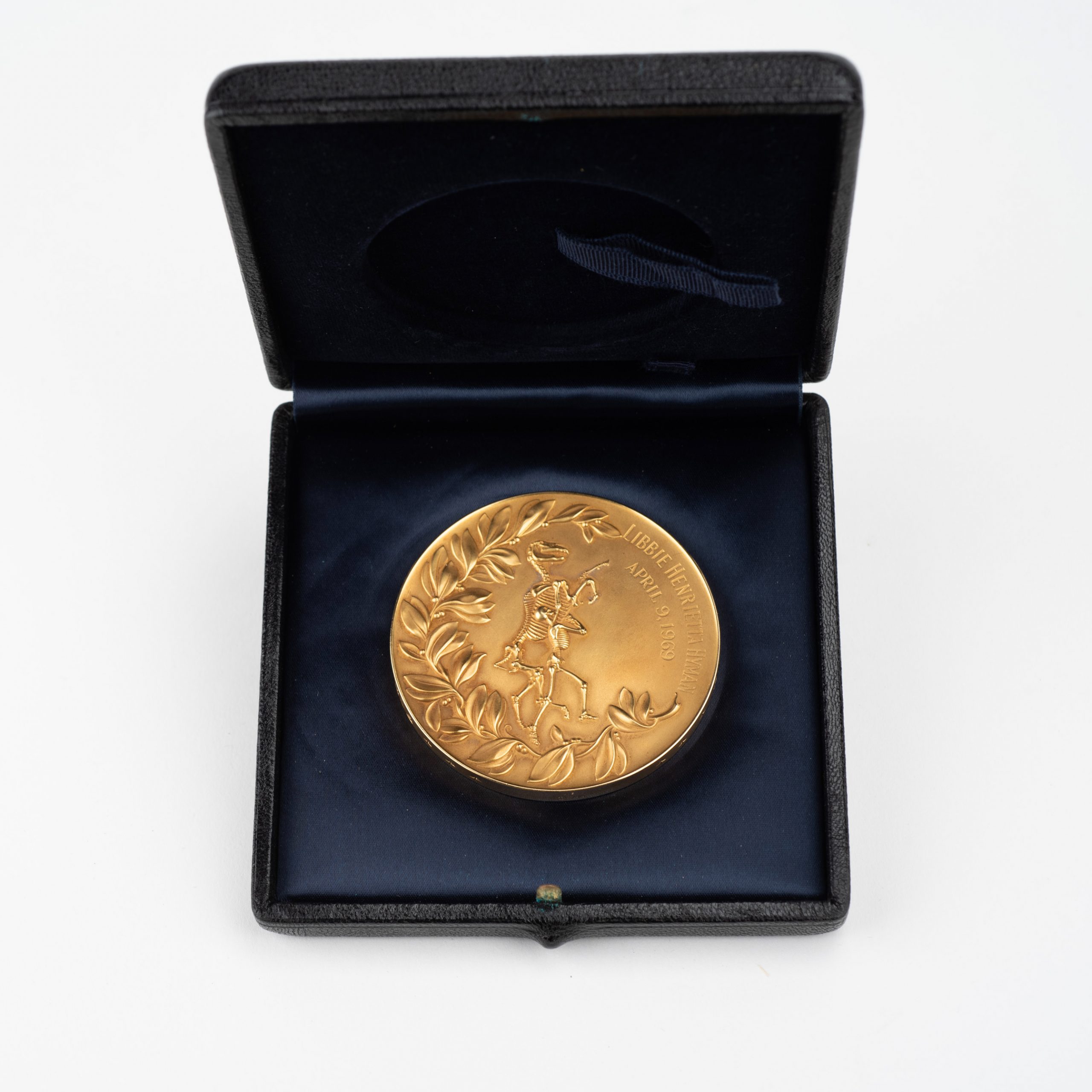
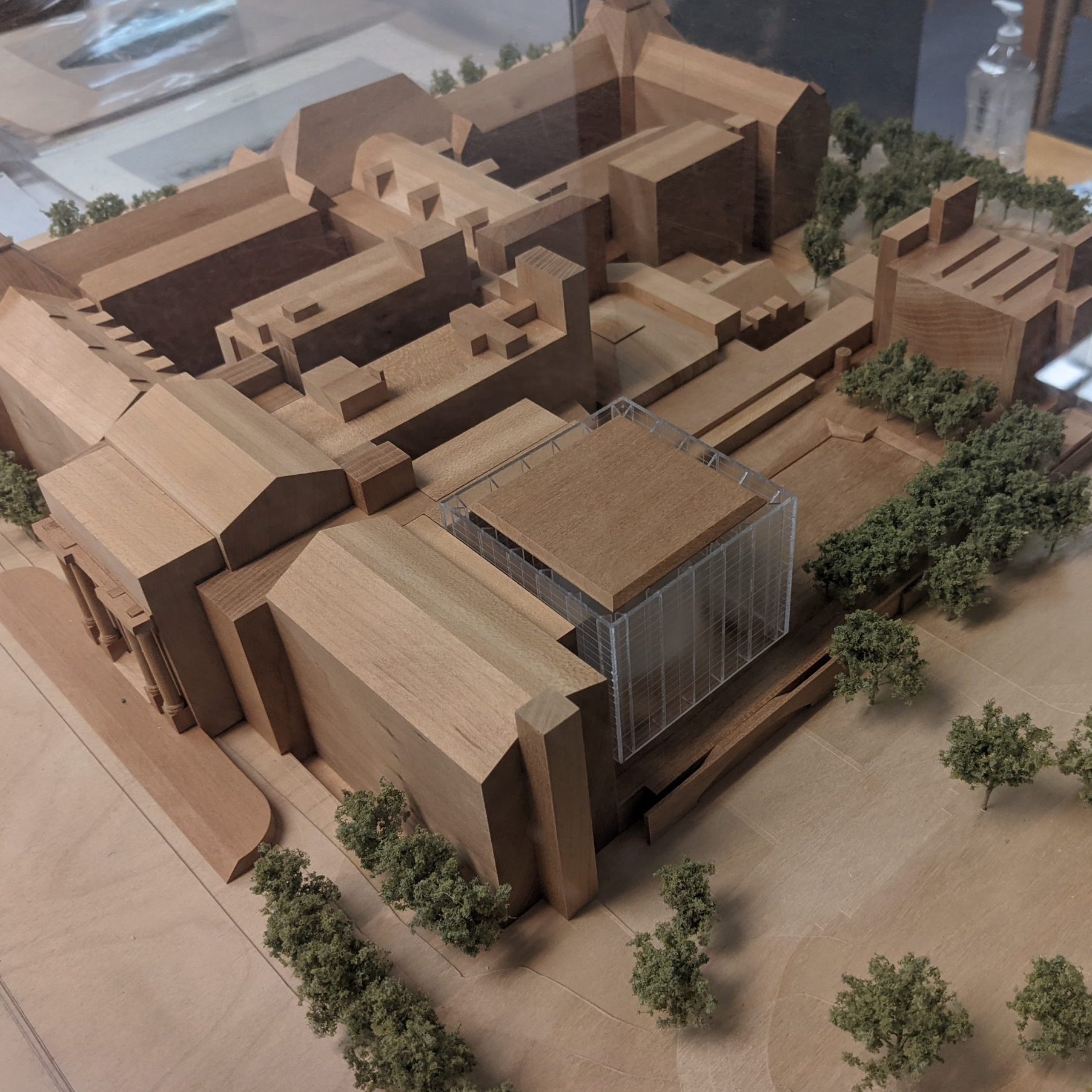
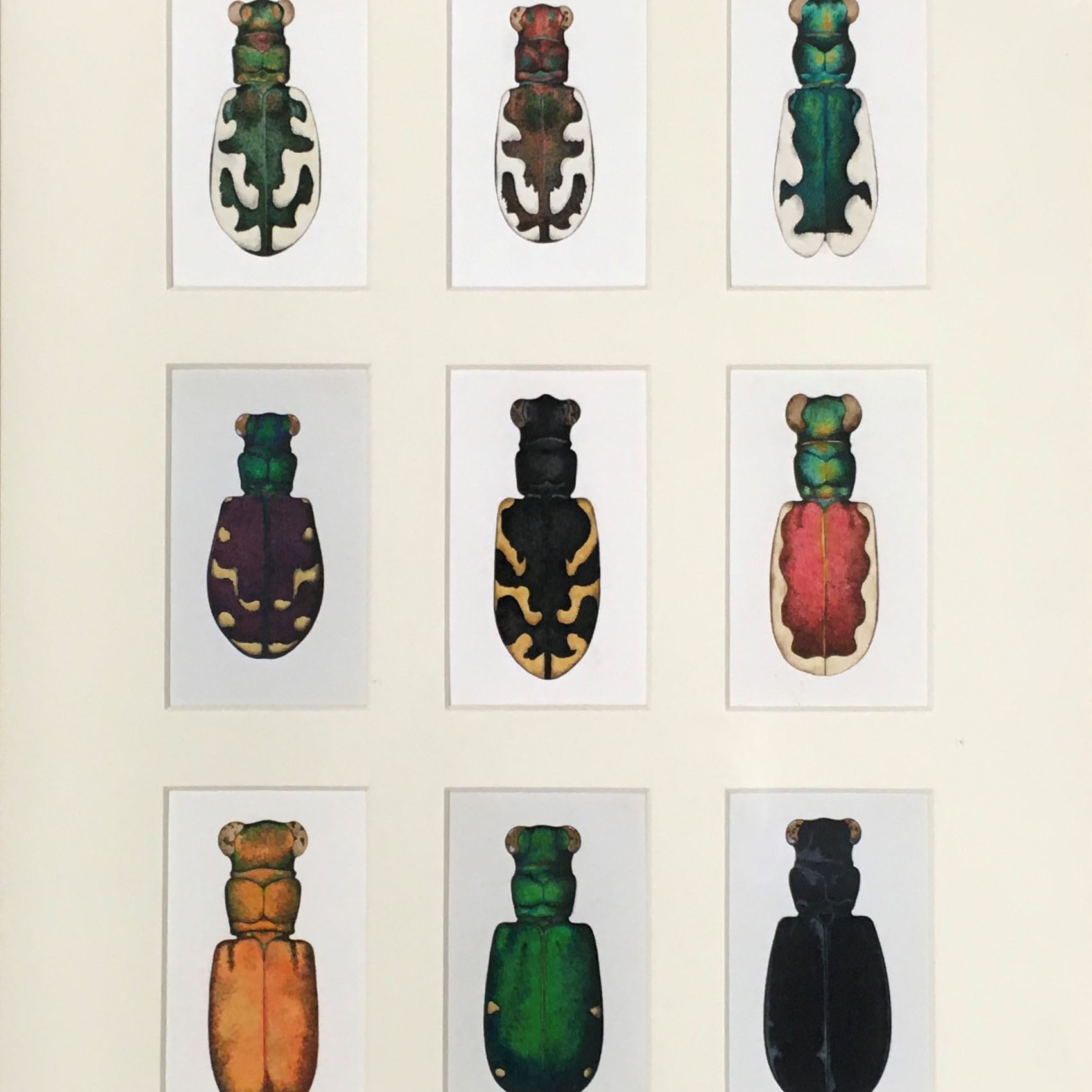
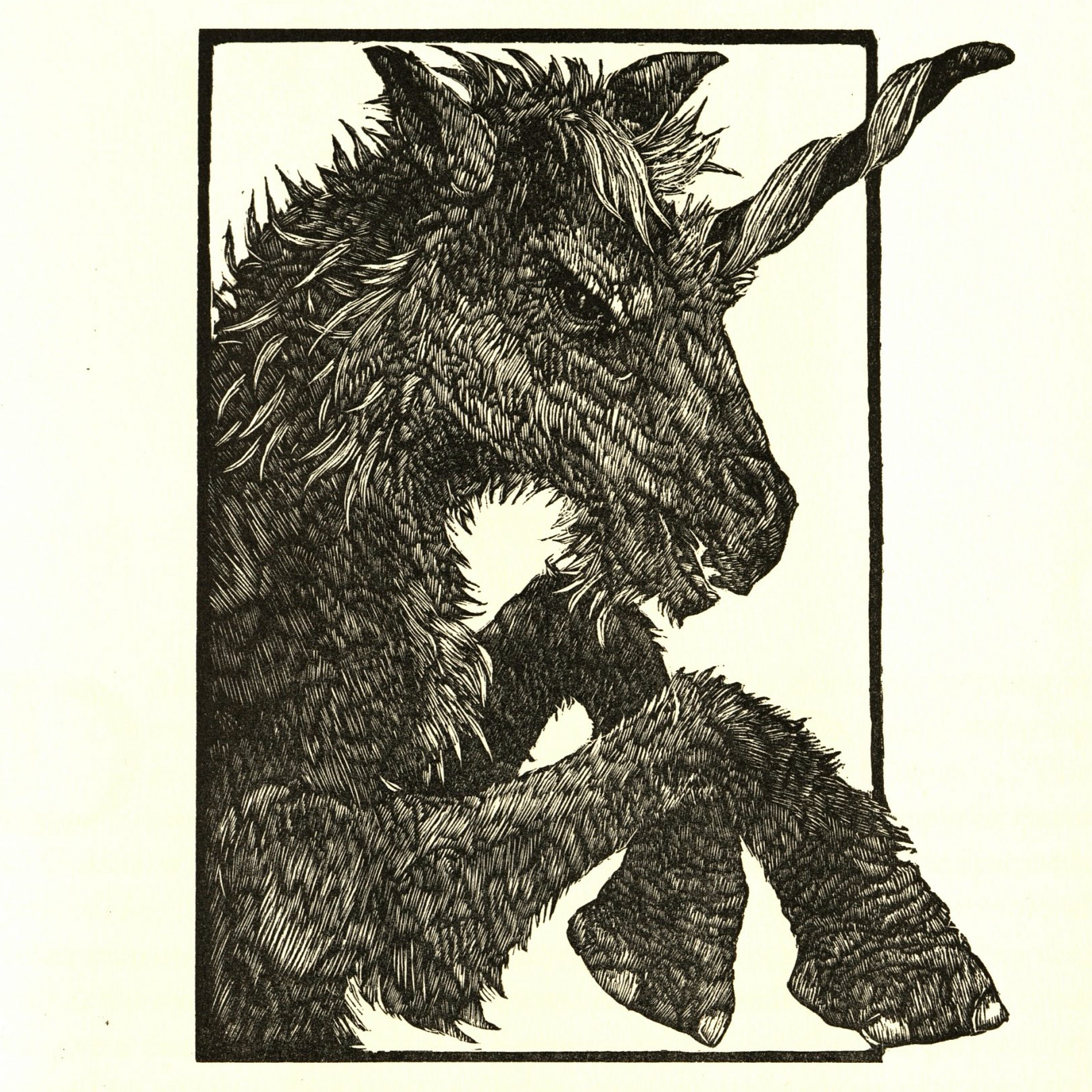
![Howard Russell Butler's [Hydrogen prominences]](https://futureoftruth.media.uconn.edu/wp-content/uploads/sites/2921/2023/01/k6584-square.jpg)
